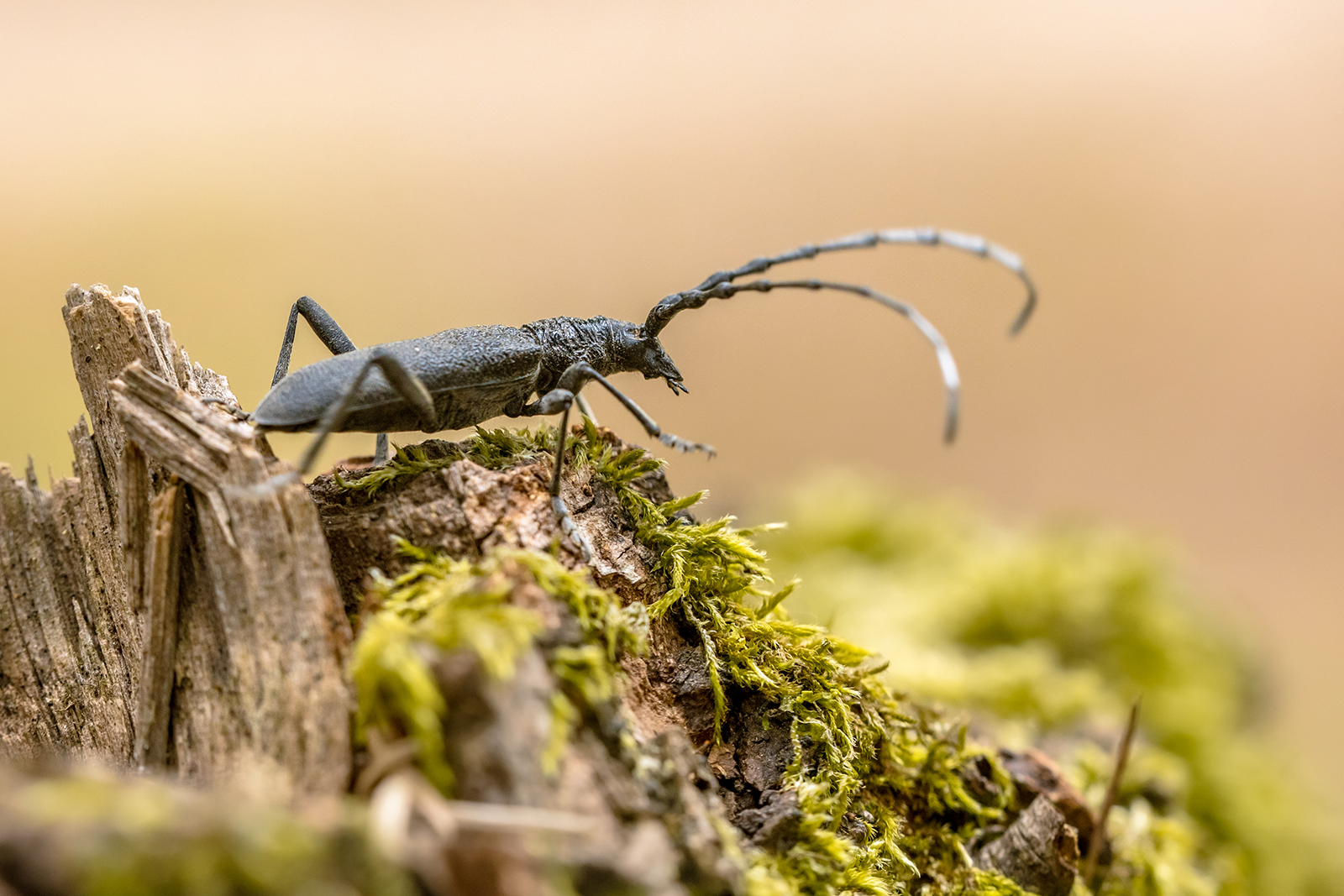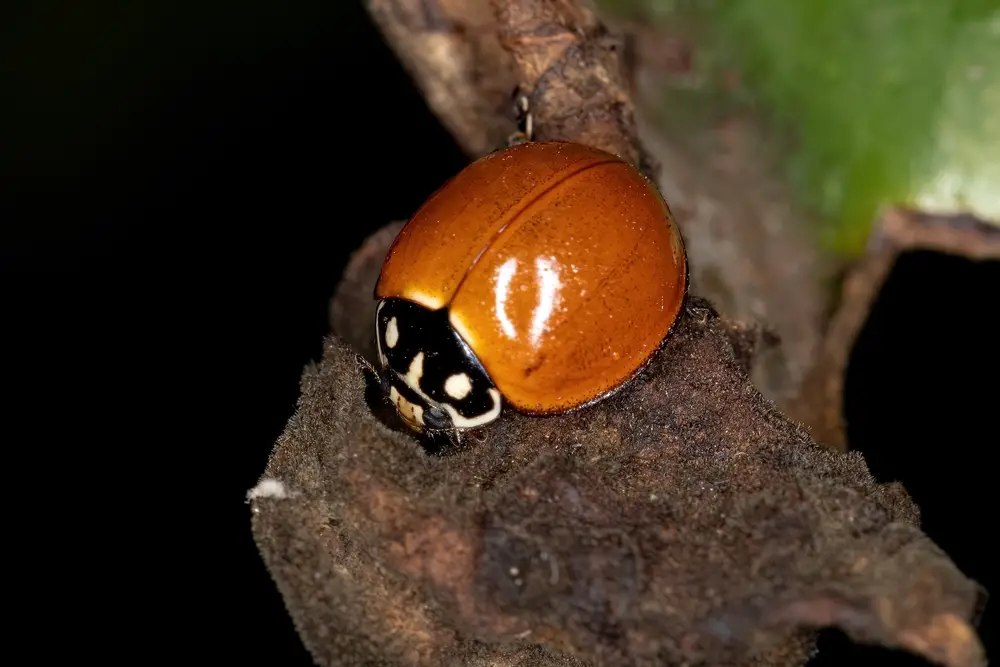
As an insect enthusiast, I’m fascinated by the various environments in which beetles thrive. These remarkable creatures can be found across the globe, from deserts to wetlands, and even near the polar ice caps. Throughout this article, I’ll be exploring some of the extraordinary habitats that beetles call home.
Beetles are highly adaptive, and are able to survive in a diverse range of ecosystems, including caves, forests, and gardens. Some species dwell in human-inhabited areas, while others prefer more secluded places, such as under logs or in mud.
Throughout my research, I’ve been struck by the beetle’s ability to readily adjust to various conditions, especially their use of different food sources. In this article, I’ll describe some of the unique habitats where beetles live and discuss the various factors that allow them to thrive in such a wide range of environments across the planet. This will (I hope) provide a comprehensive overview of the diverse world of beetles and their incredible adaptability.
Variety of Beetle Habitats
Forests and Woodlands
I often come across various beetle species thriving in forests and woodlands. This is mainly because these habitats are rich in decaying wood, which provides a breeding ground for numerous beetle species. Woodland Trust states that about 1,000 beetle species rely on trees and woodland habitats. One common beetle found in these areas are ladybugs, which are known for their pest control abilities.
Deserts
Contrary to popular belief, desert environments also host beetle diversity. In these harsh conditions, their survival skills are put to the test. For example, darkling beetles dwell within the arid terrains, demonstrating amazing adaptability in the face of scarce water sources and extreme temperatures.
Freshwater Environments
I have often observed an array of beetle species present in freshwater habitats like ponds, marshes, and streams. Some beetles are particularly adapted to living in water, such as whirligig beetles, which can be seen skimming across the surface of ponds and feeding on smaller insects.
Grasslands and Agricultural Fields
Grasslands and agricultural fields offer a favorable environment for various beetles. These habitats provide an abundant supply of plant materials, fungi, and invertebrates for beetles to feed on. Moreover, some species of ground beetles benefit farmers by preying on common pests like aphids and slugs.
Urban and Suburban Areas
In my research I have found that beetles can also adapt well to urban and suburban areas. Gardens, parks, and even our backyards can act as microhabitats for these little creatures. Gardeners World Magazine suggests that creating habitats like leaf piles and compost heaps can attract beetles, which then assist in pest control as well as recycling organic matter back into the ecosystem.

Factors Influencing Beetle Habitats
As a vast and diverse group of insects, beetles can be found in various habitats around the world. I will discuss some crucial factors that influence where beetles live, focusing on three main aspects: temperature and climate, food sources, and availability of shelter.
Temperature and Climate
Temperature and climate play a significant role in determining where beetles thrive. Some species, like the Bombardier beetles, can be found on multiple continents including North America, South America, Europe, Africa, and Australia. They prefer temperate woodlands and grasslands, which provide suitable ground cover for them to hide under. On the other hand, some species are adapted to harsher environments like deserts and high mountain regions. Overall, the temperature and climate conditions dictate the distribution and abundance of various beetle species.
Food Sources
Another essential factor that determines beetle habitats is the availability of food sources. Beetles have diverse feeding habits, with some being herbivores, carnivores, and even detritivores. Herbivorous beetles like the Japanese beetle feed on plants, while carnivorous beetles prey on other insects. Some beetles, such as those living in ant and termite nests, even consume waste produced by other insects. Thus, the presence and abundance of their preferred food sources greatly influence where beetles choose to live.
Availability of Shelter
Lastly, the availability of shelter significantly affects where beetles live. Various species seek out different living arrangements. They may tunnel underground, live in the carcasses of animals, or reside in the nests of social insects like ants and termites. Plant-feeding species may be found in areas with dense foliage, whereas those that bore into wood or fruit tend to reside in forests and orchards. The type of shelter is crucial for their survival, as it provides protection from predators and extreme environmental conditions.
Specific Beetle Species and Their Habitat Preferences
Ladybugs
As a gardener’s best friend, I often come across ladybugs in my garden. These well-known beetles prefer environments with plenty of plants, as their main food source are aphids and other plant-eating insects. They can typically be found in fields, forests, gardens, and even indoors at times.
Stag Beetles
You might encounter stag beetles in woodlands and forests, where they prefer to live near rotting wood. Stag beetle larvae feed on decaying wood, while adults mostly consume tree sap. These beetles are more active during the evenings and can sometimes be found around outdoor lights.
Dung Beetles
Dung beetles have a unique habitat preference that probably won’t surprise you. They can be found in grasslands, farmlands, and even deserts, where they feed on mammal dung. Dung beetles play an essential role in recycling nutrients back into the soil and controlling parasites.

Fireflies
One of my favorite beetle species are fireflies, with their mesmerizing bioluminescent display. They prefer habitats with moisture, such as marshes, wet forests, and areas near bodies of water. Fireflies are nocturnal, and their distinct light signals are used for attracting mates during the breeding season.
Rhino Beetles
You’ll come across rhino beetles in a variety of environments like tropical and subtropical forests, since they prefer warm and humid habitats. These large beetles feed on decaying plant matter, fruits, and sap. Their impressive horn-like structures are used in battles for territory and mates.
Adaptations to Their Environment
Physical Adaptations
Beetles have evolved various physical adaptations to survive and thrive in different environments. Their body’s exoskeleton provides them with protection against potential predators and harsh environmental conditions. Their specialized wings allow them to fly when needed, enabling them to escape danger or easily move from one habitat to another. Their diverse mouthparts aid them in consuming various food sources, including plants, other insects, and even carcasses (San Diego Zoo Animals & Plants).
Furthermore, their bodies can exhibit camouflage by closely resembling their surroundings. For example, one African beetle species, Petrognatha gigas, has an upper surface that imitates dead velvety moss and their irregular antennae bear a striking similarity to dried tendrils or twigs. This natural mimicry allows them to blend into their habitat and avoid detection by predators.
Behavioral Adaptations
In addition to their physical traits, beetles possess various behavioral adaptations that enable them to survive and flourish in diverse environments. Depending on the species, they may choose to burrow underground, tunnel through wood, or live inside animal carcasses. Some beetles even make their homes in ant or termite nests, which provide protection against predators while offering a source of food in the form of ant or termite waste.
Moreover, they can adapt to live in various habitats, including land and freshwater environments, consuming a range of food sources, such as plants, carcasses, pollen, and dung. This adaptability allows them to thrive in various conditions and ecosystems.
Lastly, some beetles have specific behaviors tailored to the environments they inhabit. For instance, the tiger beetle, which often lives in hot, sun-exposed grounds, uses the sun and heated soil to warm up and move around (Ask A Biologist). These environment-specific behaviors enable them to take advantage of available resources and maximize our survival in a variety of conditions.
Driven by a passion for those tiny creatures that rule our world, we at Bug Domain strive to be your go-to resource for information on insects.




